Genkoji Temple
- About
- Location & Admission
- Photo Gallery
-
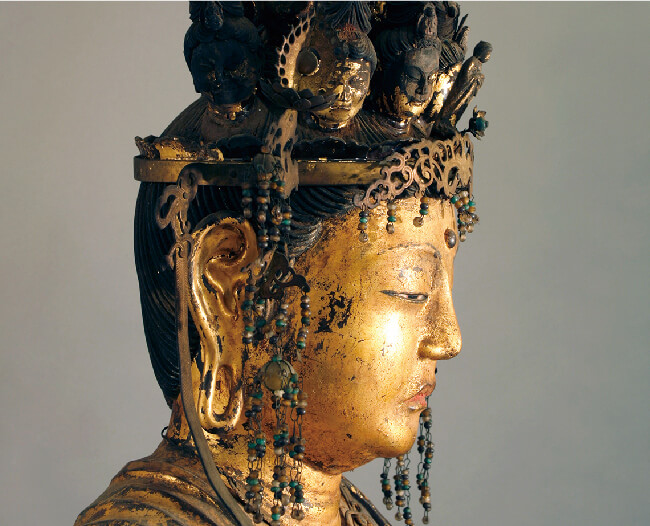
-
Opening hours Only during a Special viewing of privately owned cultural propaties Entrance fee Please contact Kaijusenji Temple TEL Please contact Kaijusenji Temple Address 9 Kita Yamanoue,Kamo-cho,Kizugawa-shi,Kyoto,619-1113 Access
About 20 minutes on foot, or about 5 minutes by taxi from JR Kansai Line "Kamo" station.
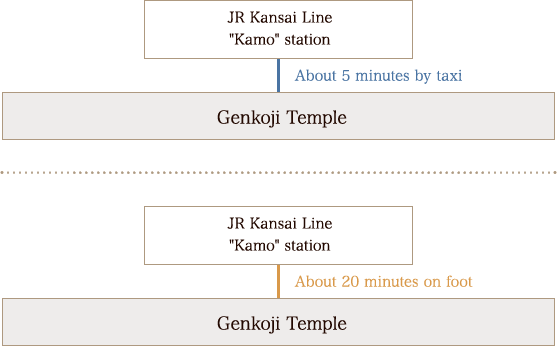
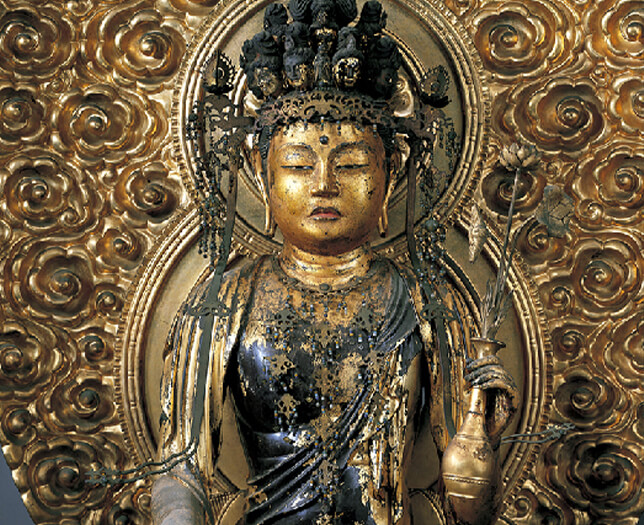

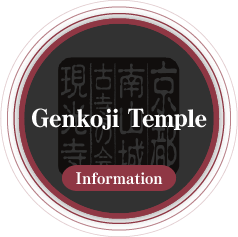
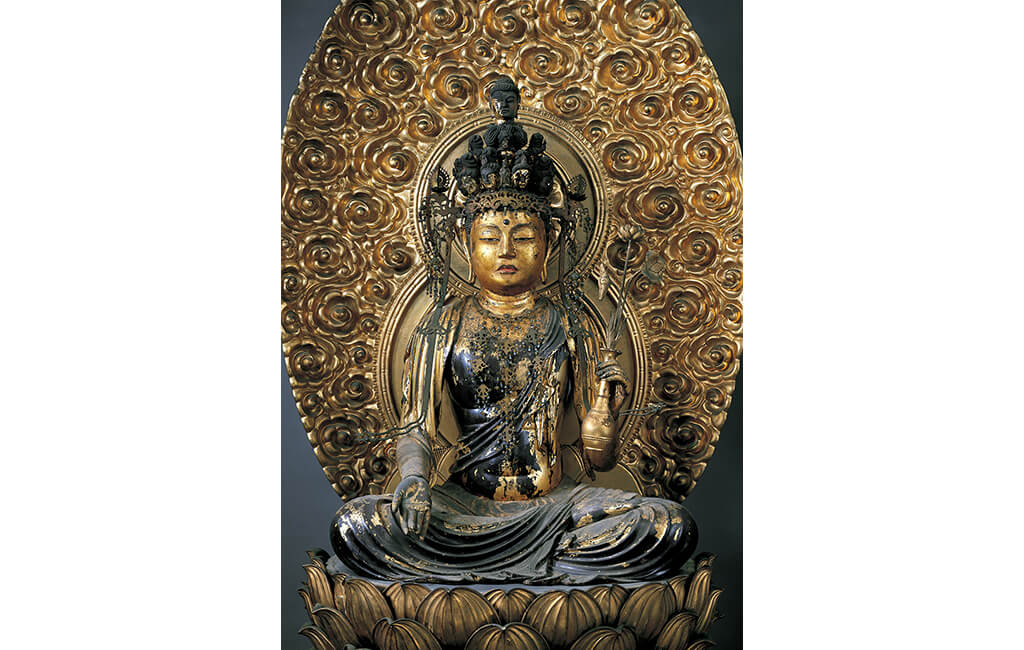
Roughly 3 km to the southeast of Kaijusenji Temple is Genkoji Temple. Not much is known about the origins or history of this temple, but it has existed since at least 1697 when, according to Kaijusenji records, it was rebuilt. It also has a long-standing affiliation with Kaijusenji, which has managed Genkoji Temple since the end of World War II. The temple currently has no residing priests, but the consecrated Buddhist statues enshrined there are Important Cultural Properties of Japan. They include the Seated Eleven-Headed Kannon and the Four Heavenly Kings (Shitenno).
History
There is little known about the origins of Genkoji Temple. It appears in memoirs of Buddhist monks who traveled the area, and it is also mentioned in the historical documents of surrounding temples. For example, it is known that in the beginning of the Edo period, a scholar-monk named Unsho Jitsudo visited to pay homage to the Seated Eleven-Headed Kannon, the statue that is enshrined here. He found the main hall in ruins, so he sent out requests for the temple to be rebuilt. His request was granted by the ruling clans of the domain in 1681. This same monk was also closely involved with the renowned Enshoji Temple in Nara. Genkoji Temple also has a long-standing relationship with neighboring Kaijusenji Temple and close associations with other temples where members of the imperial family became nuns.
Treasures and Artifacts
Genkoji Temple’s principal deity, a wooden Seated Eleven-Headed Kannon, is enshrined in the reliquary. It has been designated an Important Cultural Property of Japan. From close study of its facial composition and expression, it is believed that the image was created in the late Kamakura period (1185–1333). This is one of only a few statues in Japan that represent Kannon bodhisattva in a seated position.
Seated Eleven-Headed Kannon
The principal deity of Genkoji Temple is its Seated Eleven-Headed Kannon. Kannon is the Buddhist avatar who looks upon all the world with mercy and compassion, with a plethora of eyes and ears to find all that needs healing and salvation. This Kannon statue is thought to have been made in the thirteenth century and is one of only a few seated Kannon consecrated Buddhist statues in all of Japan. Made using a joined wooden mosaic technique, the statue is about 74 cm tall and is praised as a particularly beautiful work, with a striking yet graceful androgyny. What stands out in particular about Genkoji Temple’s Kannon are its eyes. To make them more realistic, the wood was fitted with crystal coverings. It has been designated as an Important Cultural Property.